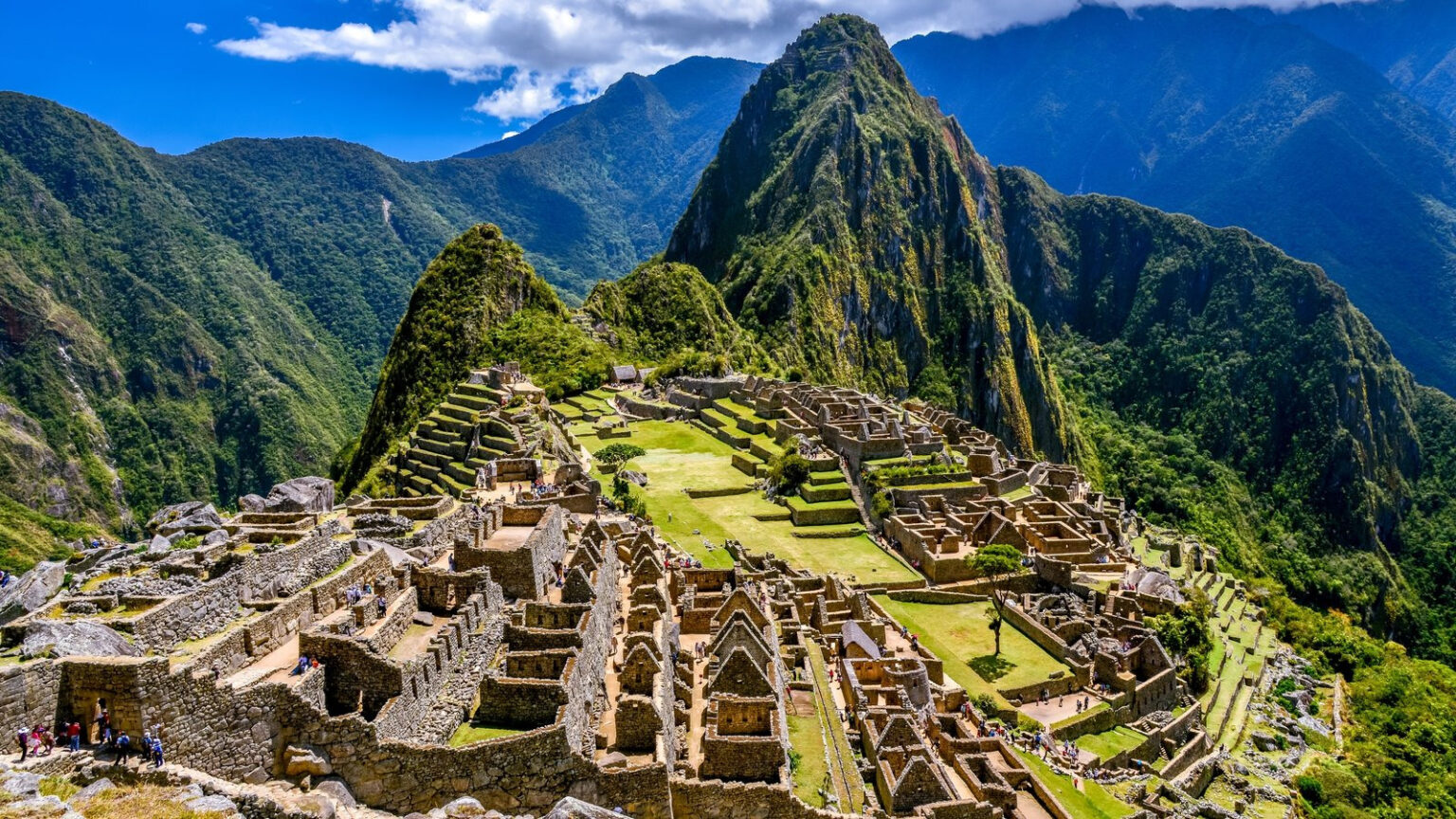Peru announced on Thursday it would be suspending tourist visits to parts of Machu Picchu because of the erosion of certain stone structures that make up the Inca citadel.
The ancient Incan site is Peru’s top tourist destination, with about 3,800 people visiting per day.
However, because of the wear and tear suffered from too many tourists visiting, the country’s Culture Ministry said it is suspending visits to the Temple of the Condor and the Temple of the Sun, as well as the “Intihuatana” – a carved stone structure that was sacred to the Incas.
“The damage is irreversible. We have to protect our heritage,” said Maritza Rosa Candia, the ministry’s delegate in the town of Cusco.
The citadel, 130 km from Cusco, was built in the 15th century as a religious sanctuary for the Incas at an altitude of 2,490 metres.
Last February, the site reopened after a month-long closure caused by violent protests against the country’s then-newly elected president. When the site was closed, demand for travel dropped dramatic for the country.
Over the past few years, Peruvian authorities have tried to find ways to manage increasing visitor numbers to the popular site which often had long lines and overcrowding, leading many tourists unable to enter.
Machu Picchu was awarded Unesco World Heritage status in 1983 and is described by the awarding body as “probably the most amazing urban creation of the Inca Empire at its height”. It added its giant walls, terraces and ramps “seem as if they have been cut naturally” into the continuous rock escarpments.
However, Unesco also highlighted the challenges faced by the site, which it says requires more stringent management. “Tourism itself represents a double-edged sword by providing economic benefits but also by resulting in major cultural and ecological impacts,” said Unesco.
“The strongly increasing number of visitors to the historic sanctuary of Machu Picchu must be matched by an adequate management regulating access, diversifying the offer and efforts to fully understand and minimise impacts. A larger appropriate and increasing share of the significant tourism revenues could be reinvested in planning and management.”
Source : TheNationalNews

